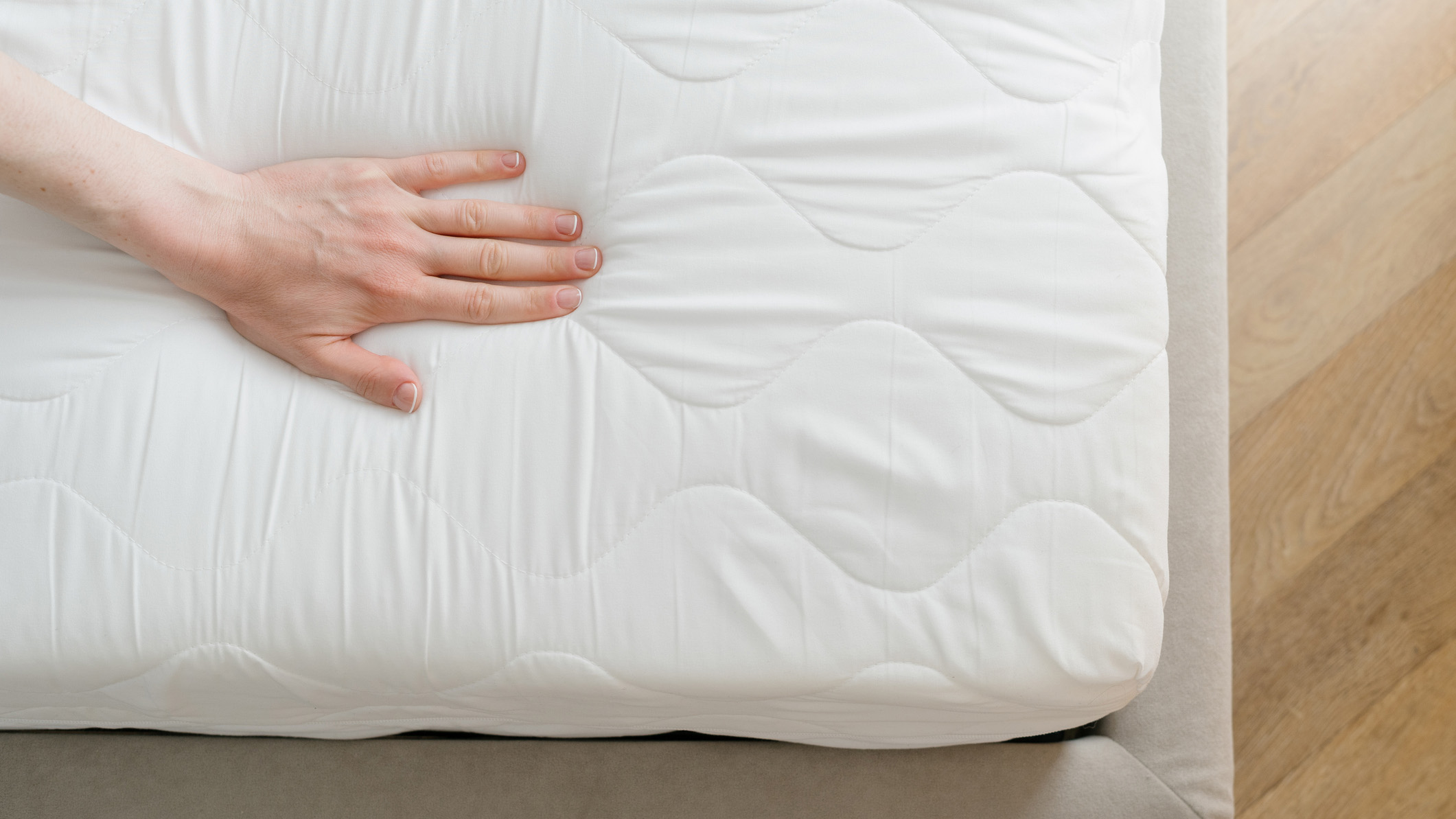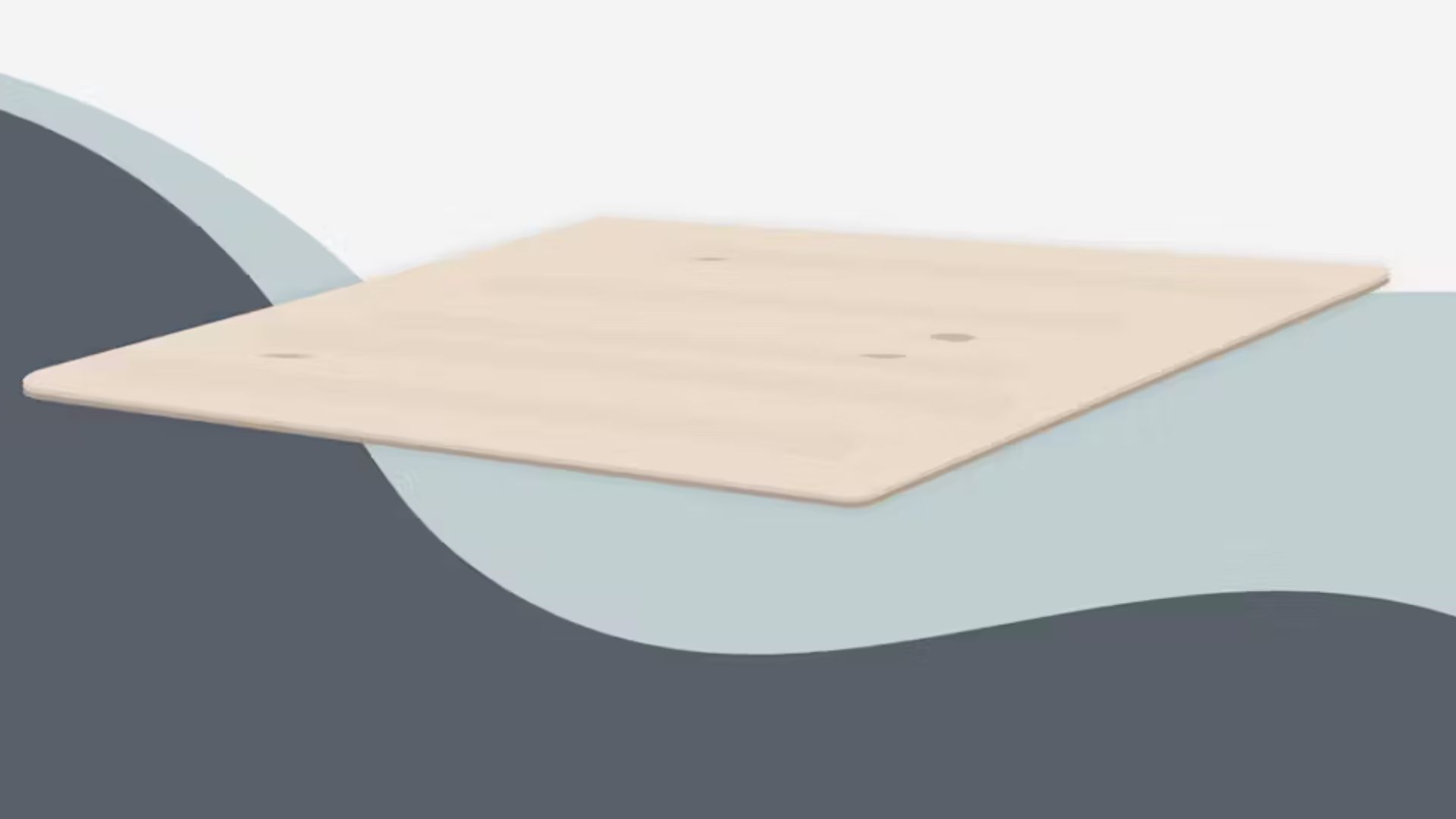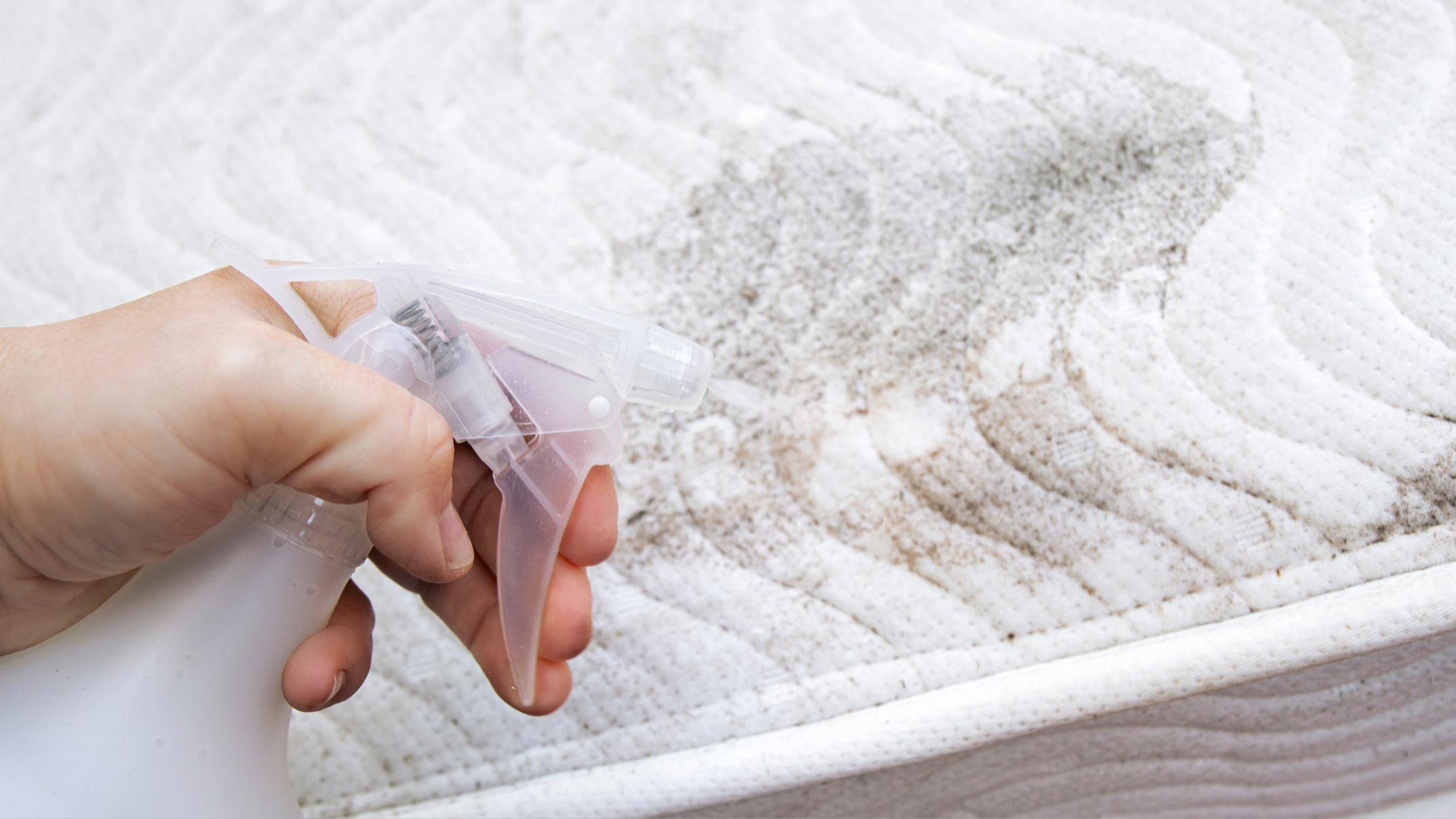
Over time, you may notice that your mattress is starting to dip on one side only. While some sagging and dipping is bound to occur as your mattress gets older, a dip on just one side is easy to prevent.
Here we break down five common reasons why a mattress dips on one side only, along with how to fix those dips – and even prevent them from occurring in the first place. Many of these fixes are quick and free too, so you don't have to invest lots of time or money to solve your problem.
If after reading this article you believe that your mattress is actually past the point of saving, then take a look at our guide to the best mattress of 2024 for all sleepers and budgets. Many of them are discounted in this month's mattress sales with up to 50% off.
Today's top deals on popular mattresses:
- Saatva mattresses: save $400 on every mattress
- DreamCloud mattress: up to 50% off
- Nectar mattresses: up to 40% off
- Helix mattresses: 27% off + free bedding
- Casper mattress: 30% off all mattresses
- Emma mattresses: up to 55% off
- Brooklyn Bedding mattresses: 25% off sitewide
- Purple mattress: save up to $800 off mattress and bed base bundles
5 reasons your mattress is dipping on one side and how to fix it
A mattress is dipping on one side can happen for a number of reasons. Here are the five most common reasons why your mattress is dipping and how to fix it:
1. Your bed frame is faulty

A bed frame that is weak and uneven or has too-wide slats can cause your mattress to dip and sag on one side. For instance, If the fixings on your bed frame are looser or have weakened on one side, that part of the mattress will lose its firmness and start to dip.
Moreover, if your bed frame has extra-wide slats, a mattress (especially a memory foam one) will start to sag through the gaps and cause sagging.
How to fix it: Check your bed frame for looseness, then tighten and adjust accordingly. If you have the budget, you could also replace your bed frame with a more supportive narrow-slatted base or firm-edge divan.
If you don't want to splurge on a new bed frame, you could instead add a more cost-effective bunkie board for additional support.
2. Your mattress has incurred water damage

A mattress that has incurred significant water damage (a leak or large spill) on one side can cause the deterioration of mattress’s materials and support structure, especially if you have a memory foam mattress. This will shorten your mattress's lifespan, while the moisture can lead to unpleasant, persistent odours and allergens such as mold and mildew.
How to fix it: If you spill anything on your mattress, it's important to act fast and blot the area immediately with a paper towel. Keep dabbing until your paper towels are dry, then leave the mattress to air dry.
Also, it's important to invest in a waterproof mattress protector to prevent this from happening again (see our top choices in our best mattress protectors guide). However, if the water has already led to dipping, there's nothing you can do to reverse the damage — you're going to need a new mattress.
3. Your mattress can’t support your weight

While the majority of mattresses can accommodate a weight of up to 250lbs per person, you can sink through the mattress's support layer if you or your bed-sharing partner exceeds this weight — leading to a dip on your or your partner's side of the bed.
How to fix this: While they tend to be more expensive than standard mattresses, mattresses designed to accommodate people who weigh over 250lbs can be a great investment. Luckily, there are lots on the market, so be sure to check our guide to the best mattresses for heavy people.
4. It has significant wear and tear
Most mattresses (with the exception of organic mattresses) have a lifespan of around 10 years, which is why so many beds come with a 10-year warranty. If you've had your mattress for so long that the warranty has expired, this could be why your mattress is starting to dip on one side.
Sometimes, mattresses will start to dip well before their warranty runs out. While a lot of the best cheap mattresses are built to last up to 10 years, a lot of budget beds aren't durable enough to last that long.
However, if your mattress has a 10-year warranty and is starting to dip on one side after only a few years, this may be premature sagging caused by a manufacturing fault. Premature sagging is almost always covered in mattress warranties, so be sure to check your bed's warranty.

How to fix it: To even out wear and tear and prolong its life, rotate your mattress regularly (around every three to six months) by following our guide to rotating your mattress. You can also add the best mattress toppers to your bed for boosted support reduce the feel of the dipping or sagging.
5. Your sleep position never changes
Sleeping in the same position on the same side of the bed every night can lead to deterioration of one side through overuse, especially if you have a memory foam mattress which can sag prematurely if weight isn’t distributed evenly.
How to fix it: While it may be difficult if you share a bed or have a favorite spot, consider sleeping on the other side of the bed. You can also try switching up your sleep position.
Another way to prevent a side from being overused is to rotate your mattress every three months (don't flip if you have a memory foam or hybrid mattress) or add a topper for additional support.







